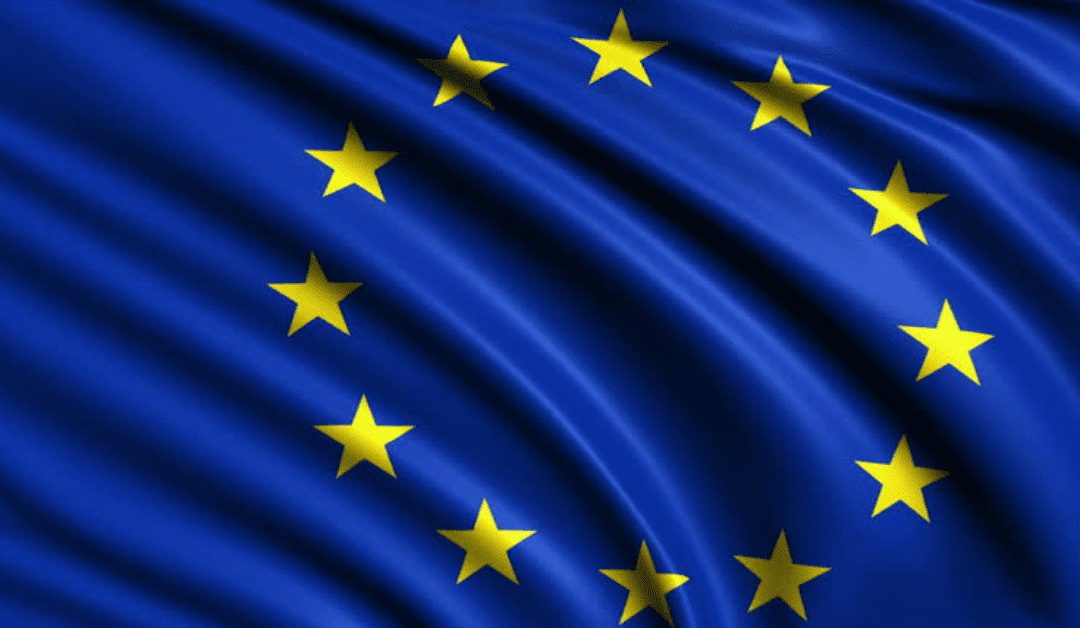The new article highlights the key points related to a change of authorized representative, as well as the ones related to responsible persons and marketing surveillance.

Table of Contents
The Medical Device Coordination Group (MDCG), an advisory body of the European Commission (EC) responsible for the medical devices regulatory framework, has published a guidance document dedicated to authorized representatives to be appointed by medical device manufacturers based outside the EU in order to be allowed to place their products on the EU market. The document provides an overview of the existing regulatory requirements set forth under the Medical Devices Regulation 2017/745 (MDR) and the In Vitro Diagnostic Medical Devices Regulation 2017/746 (IVDR) – the Regulations – as well as recommendations to be taken into consideration by medical device manufacturers and other parties involved in order to ensure compliance thereto. At the same time, it is important to mention that provisions of the guidance are non-binding in their nature, nor should be construed as representing an official position of the European Commission. Furthermore, recommendations provided in the document could be subject to changes, should such changes be reasonably necessary to reflect corresponding amendments to the underlying regulations.
Change of Authorized Representative
The scope of the guidance covers, inter alia, the aspects related to a change of an authorized representative duly appointed by a foreign medical device manufacturer by the virtue of an appropriate mandate. As set forth by the Regulations, the detailed arrangements for a change of authorized representative shall be clearly defined in an agreement between the manufacturer, where practicable the outgoing authorized representative, and the incoming authorized representative. Article 12 of the Regulations also outlines the scope of the regulatory matters to be covered by such an agreement, e.g., the dates, the way the documentation related to medical devices should be transferred, as well as communication between the parties involved.
Should the change be needed due to the termination of an existing authorisation initiated by the current authorized representative, the agreement should specify the reason for termination.
Under the general rule, a change of authorized representative could be performed by the virtue of concluding a three-party agreement among the medical device manufacturer, the current authorized representative, and the new authorized representative who will take over the responsibilities from the transfer date. However, in certain cases, the transition could be performed without such an agreement being concluded – for instance, in cases when the current authorized representative ceases to exist, or the agreement with the current authorized representative cannot be concluded for any other reason. In such a case, the obligation to forward all the complaints related to the products covered by the scope of authorization, to the representative, remains valid.

Liability
Apart from responsibilities, the guidance describes the matters related to liability that authorized representatives could be subject to. In particular, Article 11(5) of the Regulations establishes the liability of authorized representatives for defective devices placed on the market, jointly and severally with the manufacturer. It is important to mention that the said liability applies even in case the non-compliance results from the actions or omissions of the medical device manufacturer. This places authorized representatives in a position where they have a particular interest to verify the compliance of medical device manufacturers with the requirements they are subject to. In certain cases, a competent court will decide whether there is a relationship between the failure of a manufacturer to comply with the respective requirements and the damage caused by the product in question, and this decision with impact of the authorized manufacturer being found liable jointly and severally.
It is also stated that authorized representatives should have the same rights to defend themselves as the manufacturer has under the respective legal framework.
Mandate Termination
As it was mentioned before, the authorization of an AR is based on the respective mandate issued by the medical device manufacturer. By Article 11(3)(h) of the Regulations, the mandate should enable the authorized representative to terminate the mandate if the manufacturer acts contrary to its obligations under the Regulations. Hence, an authorized representative is entitled to terminate its mandate, should the manufacturer fail to comply with the respective regulatory requirements. The MDCG further explains that due to the scope of applicability of the mandate, it could be terminated within the whole generic device group rather than a specific medical device.
Once the mandate is terminated by an authorized representative, the latter should immediately notify the regulating authority, as well as the notified body involved in the assessment of the product in question. Furthermore, should the said termination be related to a failure or refusal of the manufacturer to take the actions necessary to restore compliance with the applicable requirements, this should be also communicated to the regulating authority.
It is also important to mention that in certain cases, an authorized representative should continue supporting the products supplied during the period of designation in terms of cooperating with the authorities. This could be necessary in case there is no other authorized representative designated.
In summary, the present guidance covers certain specific aspects related to the activities undertaken by authorized representatives, their functions, and their responsibilities. The document outlines the situations in which an authorized representative could be found liable for non-compliance with the existing regulatory requirements, and also describes the way the mandate could be terminated by an authorized representative, should the medical device manufacturer fail to fulfill its obligations and sustain compliance with the respective requirements.
Sources:
How Can RegDesk Help?
RegDesk is a next-generation web-based software for medical device and IVD companies. Our cutting-edge platform uses machine learning to provide regulatory intelligence, application preparation, submission, and approvals management globally. Our clients also have access to our network of over 4000 compliance experts worldwide to obtain verification on critical questions. Applications that normally take 6 months to prepare can now be prepared within 6 days using RegDesk Dash(TM). Global expansion has never been this simple.

